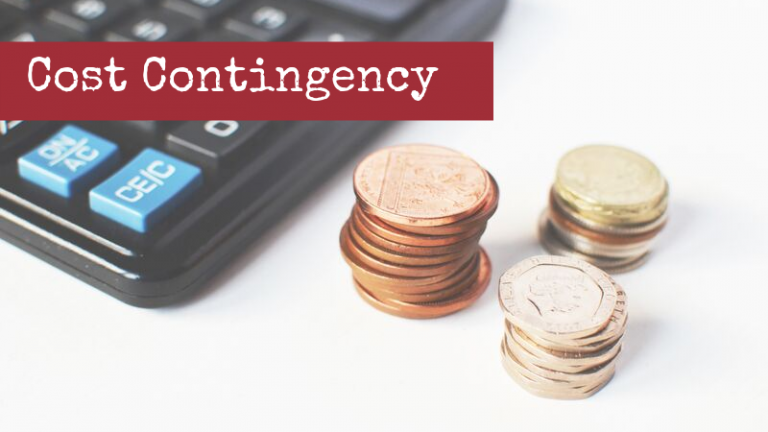Cost Contingency in Construction
Expect the Unexpected
Even though a great deal of thought, planning and experience goes in to each project, we still regularly come across unexpected items, most often in the ground and in particular with refurbishments and extensions. Most common unexpected items are things such as:
- Unsuitable drainage
- Unsuitable ground conditions
- Materials on the specification being out-of-stock
- Adverse weather
Start As You Mean To Go On
Unexpected items can rear their ugly head long before you get to site. You may encounter additional restraints imposed by planning, difficulties with neighbours or any number of surprises before you even put a spade in the ground. As such, contingency needs to be considered from the outset. The best way to manage costs through a construction project is to hire a quantity surveyor from the outset, but most domestic clients decide not to do so. As such we typically advise 15% contingency in the feasibility stage, 10% during the elemental cost planning stage (getting quotes in) and 5% on award of the contract.
Hold On!
To ensure even more security, your contract with the builder should include a retention amount. This is where you hold on to some of the build cost until completion (usually 5%) and then hold on to a further amount for any defects for 12 months after the build (usually 2.5%). If we're running a contract for you, then this is built in to the contract as standard. However, the purpose of the retention is not for dealing with unexpected items, it's to make sure that the builder completes the work required to the expected level.
Conclusion
We still believe the best way to control costs is to hire a quantity surveyor, but if you don't intend to hire a Quantity Surveyor, make sure you've allowed for your contingencies to safeguard your build.


